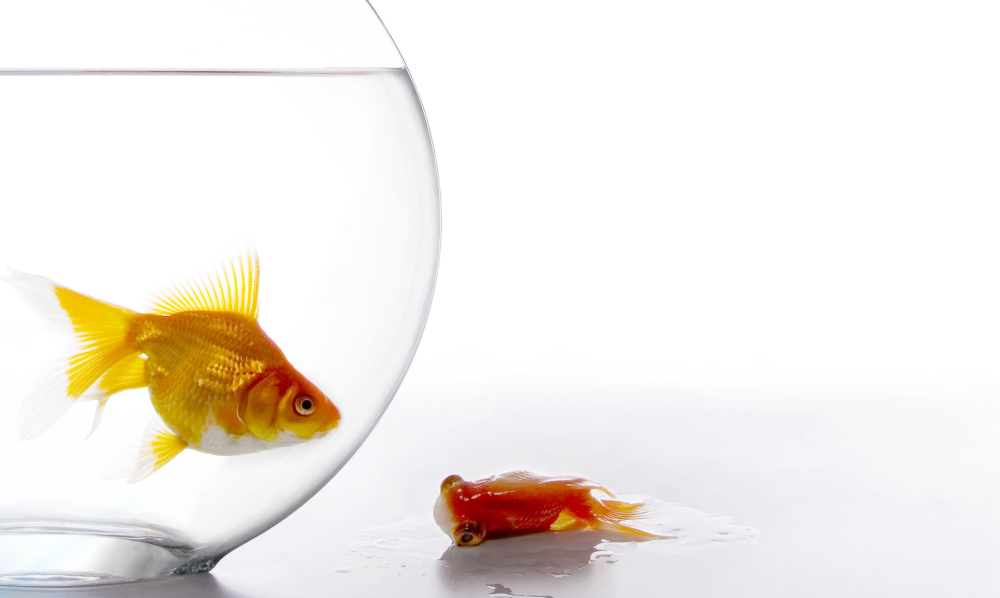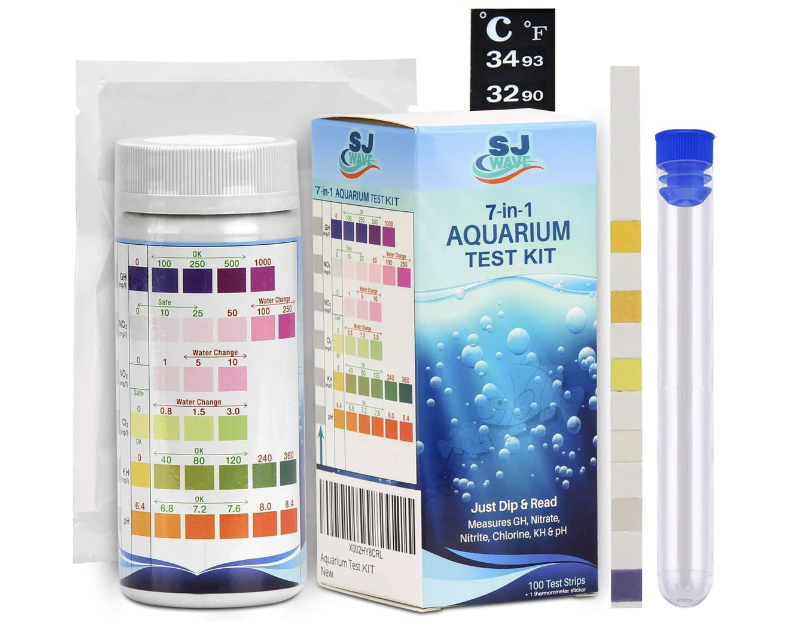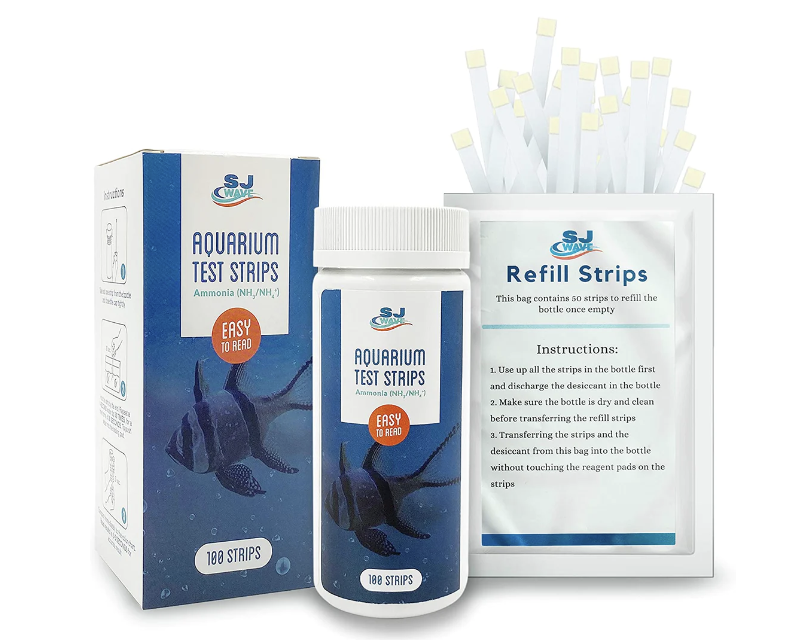
Common Freshwater Fish Diseases and How to Prevent Them
Keeping fish healthy is crucial for any aquarist. Fish diseases can quickly devastate an aquarium if not addressed promptly. Understanding the common diseases that affect fish and how to prevent them can save you time, money, and heartache. Let's dive into some common fish diseases and practical steps to avoid them.

Ich (Ichthyophthirius multifiliis)
Also known as white spot disease, Ich, is a common parasitic infection. Symptoms include white spots on the skin and fins, and fish may rub against objects in the tank. Treatment involves raising the water temperature and using medications like formalin or malachite green.

Anchor Worms and Fish Lice
These parasites are visible to the naked eye. Symptoms include ulcers, scratching, and visible parasites attached to the fish. Treatment involves manually removing the parasites and using anti-parasitic treatments.

Flukes (Monogenean and Digenean)
Flukes are flatworms that infest the gills or skin of fish. Symptoms include gasping for air, lethargy, and visible parasites. Treatment typically involves anti-parasitic medications such as praziquantel.

Fin Rot
Fin rot is a bacterial infection that causes frayed fins and discoloration. Treatment includes antibiotics and improving water quality to prevent recurrence.

Columnaris (Flexibacter columnaris)
Columnaris appears as cotton-like growths and ulcers on the fish. Increased aeration and antibiotics can effectively treat this disease.

Saprolegnia (Water Mold)
Saprolegnia presents as cotton-like growths on the skin and fins. Anti-fungal treatments and improved water quality are necessary to combat this infection.

Branchiomycosis (Gill Rot)
Gill rot causes discoloration of the gills and labored breathing. Treatment includes antifungal treatments and enhancing tank filtration.

Viral Hemorrhagic Septicemia (VHS)
VHS symptoms include hemorrhages and bulging eyes. There is no cure, and strict biosecurity measures are essential to prevent its spread.

Koi Herpesvirus (KHV)
KHV causes gill necrosis and lethargy in fish. There is no cure for this virus, so prevention through quarantine and vaccination is crucial.
Prevention and Management
Quarantine New Fish
Always isolate new fish before introducing them to your main tank. This practice helps prevent the spread of diseases. A quarantine period of at least two weeks is recommended.
Proper Nutrition
Provide a balanced diet to your fish and avoid overfeeding which lead to excess waste and uneaten food that can degrade quality of your aquarium water. It is best to feed your fish only what they can consume in a few minutes.
Regular Health Monitoring
Observe your fish's behavior and appearance regularly. Early detection of symptoms can make a significant difference in treatment outcomes.
Avoid Overcrowding
Too many fish in a tank can lead to increased waste and stress. Ensure your tank is appropriately stocked for its size.
Vaccination and Prophylactic Treatments
Vaccinate your fish against specific diseases, like KHV, if available. Consider prophylactic use of medications to prevent common infections.
Maintain Water Quality
Ensuring the quality of the water in your aquarium is one of the most critical aspects of fishkeeping. Poor water quality can lead to stress, disease, and even death in fish. Here are some tips to make sure you give your fish the best possible living environment:
Regular Water Changes
Performing regular water changes is essential to remove waste products, excess nutrients, and other pollutants that can accumulate in your tank. Typically, changing 10%-20% of the water weekly is recommended for most aquariums. This practice helps to dilute toxins like ammonia, nitrites, and nitrates, keeping your fish healthy.

Regular Testing of Water Quality
Monitoring water parameters is crucial for maintaining a healthy aquarium environment and ensuring the well-being of your fish. Regularly testing key parameters such as pH, ammonia, nitrites, nitrates, and temperature helps you detect any imbalances or toxic conditions that could harm your fish. By using water test kits like SJ Wave 7-in-1 Aquarium Water Test Strips and SJ Wave Aquarium Ammonia Test Strips, you can measure these parameters accurately in seconds. Test your aquarium water frequently, ideally weekly, to catch issues early and take corrective actions promptly.

Regular Tank and Filter Maintenance
Clean the tank, decorations, and equipment to prevent the buildup of algae and waste, and use clean, dechlorinated water to maintain a healthy environment for your fish. Use proper filtration to maintain a healthy aquarium, as it ensures the removal of physical debris, toxic substances, and dissolved waste products from the water. Choose a filter appropriately sized for your tank, regularly clean or replace filter media, and periodically check the system for proper operation. Remember, effective filtration promotes clear water, reduces harmful toxins, and creates a stable, healthy environment for your fish.
Conclusion
Proactive care is key to maintaining a healthy aquarium. By understanding common fish diseases and implementing preventative measures, you can ensure your fish thrive in a safe and healthy environment. Regular monitoring, proper nutrition, and maintaining water quality are the pillars of fish health. Happy fishkeeping!




